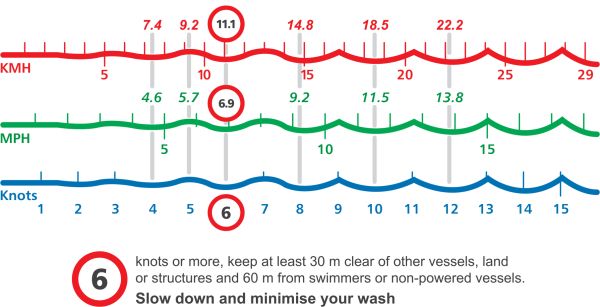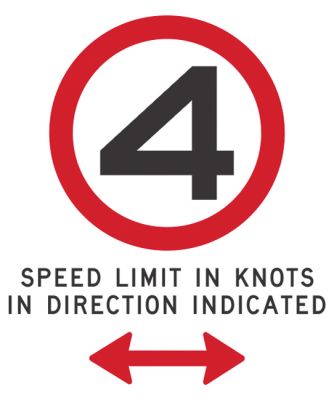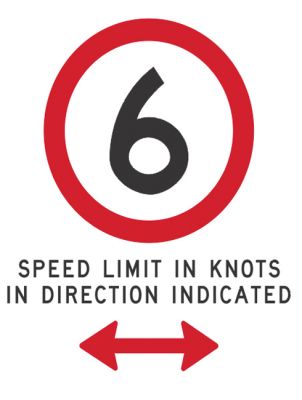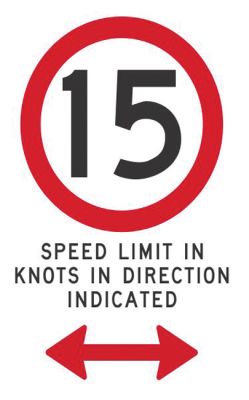Safe speed on NSW waterways
Speed limits apply on some waterways in NSW. A safe speed depends on many factors, such as visibility, your vessel's manoeuvrability and other vessels' movements. Here's how to judge safe speed.
Judging a safe speed
All vessels must travel at a safe speed at all times. A safe speed gives you enough time to stop or turn your vessel to avoid any sudden danger, such as a collision, injury to people, or damage to things.
Most NSW waterways have no speed limit. However, you must always travel at a safe speed.
A safe speed depends on many variables. These include the conditions, time of day, type of vessel, and your experience driving it. As the skipper, a safe speed is something you must constantly judge and adjust as you travel.
When judging your vessel's speed, you must always consider these circumstances and conditions:
- visibility – for example rain, fog, mist, smoke or glare
- other vessels – for example on busy waterways, near moored or anchored vessels, commercial vessels displaying special signals, and large vessels that are restricted in their manoeuvrability
- manoeuvrability of your vessel – in particular the distance it takes to stop or turn. Your manoeuvrability is affected by your speed, the wind and current, and the vessel's design.
- at night (between sunset and sunrise) – potential hazards may not be lit or easily seen. Background lights on the shore – or even lights on your own vessel – can make it hard to see other vessels.
- navigation hazards – such as unmarked or unlit signs, buoys, marks, or lights that have moved or been damaged.
- shallow water – water depth can vary and change frequently.
In these circumstances or conditions you may need to slow down to travel at a safe speed.
If you drive at a speed that's not safe for the conditions, your licence can be cancelled and your vessel can be taken away.
Penalties for speeding
Speeding on the water is just as serious as speeding on the road.
Speeding incidents on the water are likely to be serious. About one in 10 fatalities or serious injuries are caused by speed.
Going faster than the limit can result in penalties.
It also puts you, your passengers and other people using the waterways at risk.
Reducing your speed can reduce the severity of injuries. This is because travelling at high speeds reduces your time to react to sudden hazards. The faster you go, the longer it takes to stop safely.
Speed limits
Some areas do have speed limits. Where there's a speed limit sign, you must obey it.
Whether there's a sign or not, you must travel at a safe speed at all times. This may mean going slower than the speed limit.
Speed limits are in knots, in the direction shown by arrows on the sign. They're usually 4 or 8 knots, but can also be 6, 10 or 15 knots.
Special limits
There are also speed limits when towing.
The Sydney Harbour Bridge Transit Zone has a 15 knot speed limit.
How fast are you going?
This diagram illustrates how knots compare to kilometres and miles per hour.

The images below show speed limit signs.


